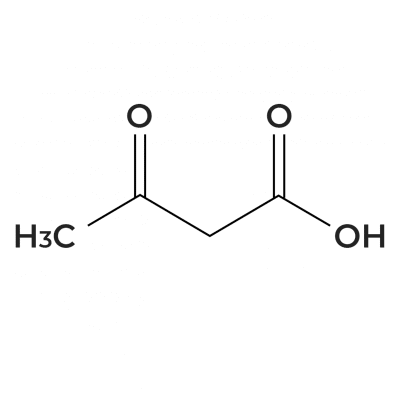Ketones, or ketone bodies, are a product of fat metabolism in the liver. A ketone body is formed when fat is broken down and turned into a fuel source, primarily for the brain. This happens as a result of carb restriction and associated glucose depletion which forces the body to switch fuel sources or become what I describe as ‘fat adapted’. There are three types of ketone bodies: acetoacetate, beta-hydroxybutyrate (BHB) and acetone.
In times of glucose depletion due to carb restriction or fasting, the body is, in fact, capable of turning fat back into fatty acids for energy. However, fatty acids are unable to pass through the blood-brain barrier, so the body has adapted a clever way to fuelling the brain – turning amino acids into ketone bodies. Acetoacetate is created first but is converted to beta-hydroxybutyrate depending on where metabolism is needed. The brain runs primarily on beta-hydroxybutyrate (BHB), but muscles convert BHB back to acetoacetate for metabolisation. There is a third type of ketone body – acetone. This one is a toxic by-product of the spontaneous breakdown of other ketone bodies but is safely diffused by the lungs and exhaled in a healthy person.

Although, evolutionarily speaking, ketone bodies have been our default fuel system for millennia, for some modern souls this can take a little biochemical re-orchestration. My best advice is to be patient and over time your body will only become more adept at using ketone bodies for fuel. You will be able to seamlessly cycle in and out of nutritional ketosis to maintain optimal functioning and feel much better for it.
Still want more information & options for keto dieting than just the explanation of ketone bodies? Check our full keto diet guide which has 18 chapters discussing every last bit of the Keto Diet.

